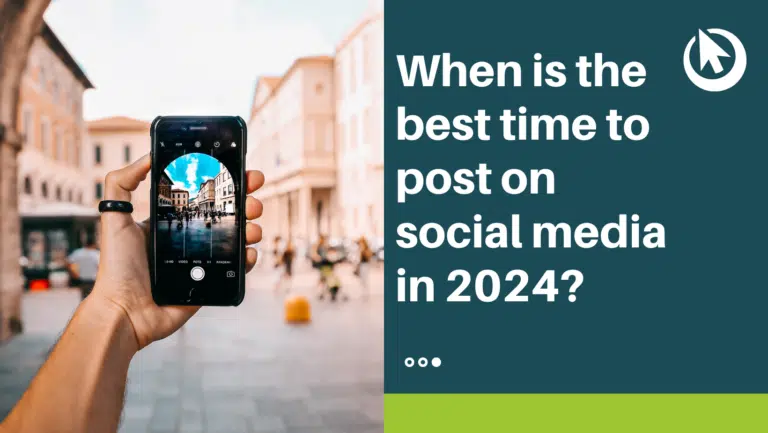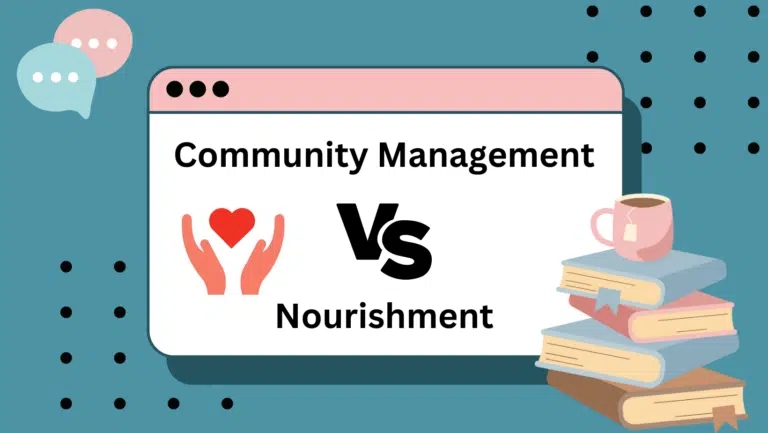In a survey of marketing professionals, three quarters said that search engine optimisation is helping them to achieve their marketing goals – and 69% invested in SEO in 2021.
If SEO isn’t part of your digital marketing strategy yet, then read on to find out how it works. In this blog, we cover the basics, and look at where to start with search engine optimisation.
What is search engine optimisation?
Search engine optimisation (SEO) is the practice of improving a website so it’s more likely to be ranked higher in the search engine results pages.
By using techniques to help Google understand your website better, you are more likely to appear in the results for search queries that match your content.
If you search for ‘digital marketing agencies in North Yorkshire’, you’ll find Click Through Digital in the top five organic search results. This is an example of the search engine delivering content that matches the user’s request exactly.
Organic search results vs. paid search
Search engine results pages (or ‘SERPs’ as they are sometimes known) include both paid-for and organic listings.
Websites that appear organically are there because Google has looked at the content and thinks that it matches the user’s search query. When it comes to organic results, you can’t pay to have your website rank any further up the listings.
Paid-for listings are advertisements that usually appear near the top of a search engine results page, or to the right of it. Pay-per-click advertising (or PPC) is the most common way of buying this space.
With this kind of Google advertising, you don’t pay until someone clicks on your ad. And the more you’re willing to pay, the higher priority you will be given.
Both types of search marketing have an important role to play in digital marketing.
How does SEO work in practice?
Search engine bots (or ‘spiders’ as they’re sometimes known) crawl websites looking for information. Their aim is to build up an index of everything that exists on the Internet, like a giant library of content.
Google uses hundreds of ranking factors or ‘signals’ to analyse each piece of content, and determine how relevant it is to certain search queries and therefore what position it should take in the results.
Your content needs to rank highly, if you are to stand a chance of appearing near the top of the results page.
Search engine ranking factors
Google hasn’t ever publically released its ranking factors, but tried-and-tested methods by SEO experts have led them to a greater understanding of what’s involved.
There are a lot of factors that go into ranking a website, and getting them all right is crucial if you want to be successful. There’s no point in investing in quality content, if your website isn’t optimised to allow bots to crawl its pages.
Some ranking factors are a judgement of your site overall, and some come down to what’s written on the page and how it is displayed.
on-page factors are the things you have the most control over, because they are directly related to the content you publish on your site. It includes things like keywords, HTML headings, page title, and link text.
off-page factors are signals that come from outside your website that tell Google you are an authority in your field with a good reputation. Back links to your site are perhaps the most important off-page factor there is.
There are also other technical aspects of SEO that give search engine bots better access to your site and make it easier for them to understand its structure.
How has search engine optimisation evolved?
Ten years ago search engine optimisation looked quite different. Some of the things that were acceptable back then would be penalised today.
Keyword placement used to be one of the most important ranking factors, but today Google is much more sophisticated, and it knows if you are simply stuffing keywords into an irrelevant bit of copy.
Most experts now agree that putting your website visitors first is the key to being successful at SEO. Visitors and search engines are looking for a well-structured site with quality content that is easy to navigate.
It is much easier to attract qualified leads to your site, if you’re writing content that is valuable to your target market. If you’re simply ticking a box for SEO, then you’re more likely to attract the wrong type of visitor to your website.
Is conversion rate optimisation different?
SEO works hand-in-hand with a lot of other disciplines such as PPC, digital PR, and social media advertising and management. Conversion rate optimisation (CRO) is another big area that is closely related.
This type of optimisation is all about converting your visitors – turning prospects into customers, and customers into ambassadors for your brand.
We’re not just talking about hitting the ‘buy now’ button for a product or service, but the small steps that lead up to it. For example, downloading a whitepaper, ordering a sample, or booking a demonstration.
All of these things signal buyer intent, but for visitors to get to this point there has to be a clear path through your website that ends with a call-to-action.
To get this right you need a well thought-out website design that centres around the user’s experience (sometimes referred to as website UX).
Where do you start with SEO?
The first step towards optimising your website is to conduct an audit, so you can identify what you’re doing well and where you need to make improvements.
Our free website audit will show you where your website is currently ranking on search engines and how this compares to your competitors. It also includes technical information, like how quickly your website is loading, and a full backlink audit.
All of this is designed to help you make the most of your website. Contact us today to claim your free site audit, and start your journey towards SEO success.


